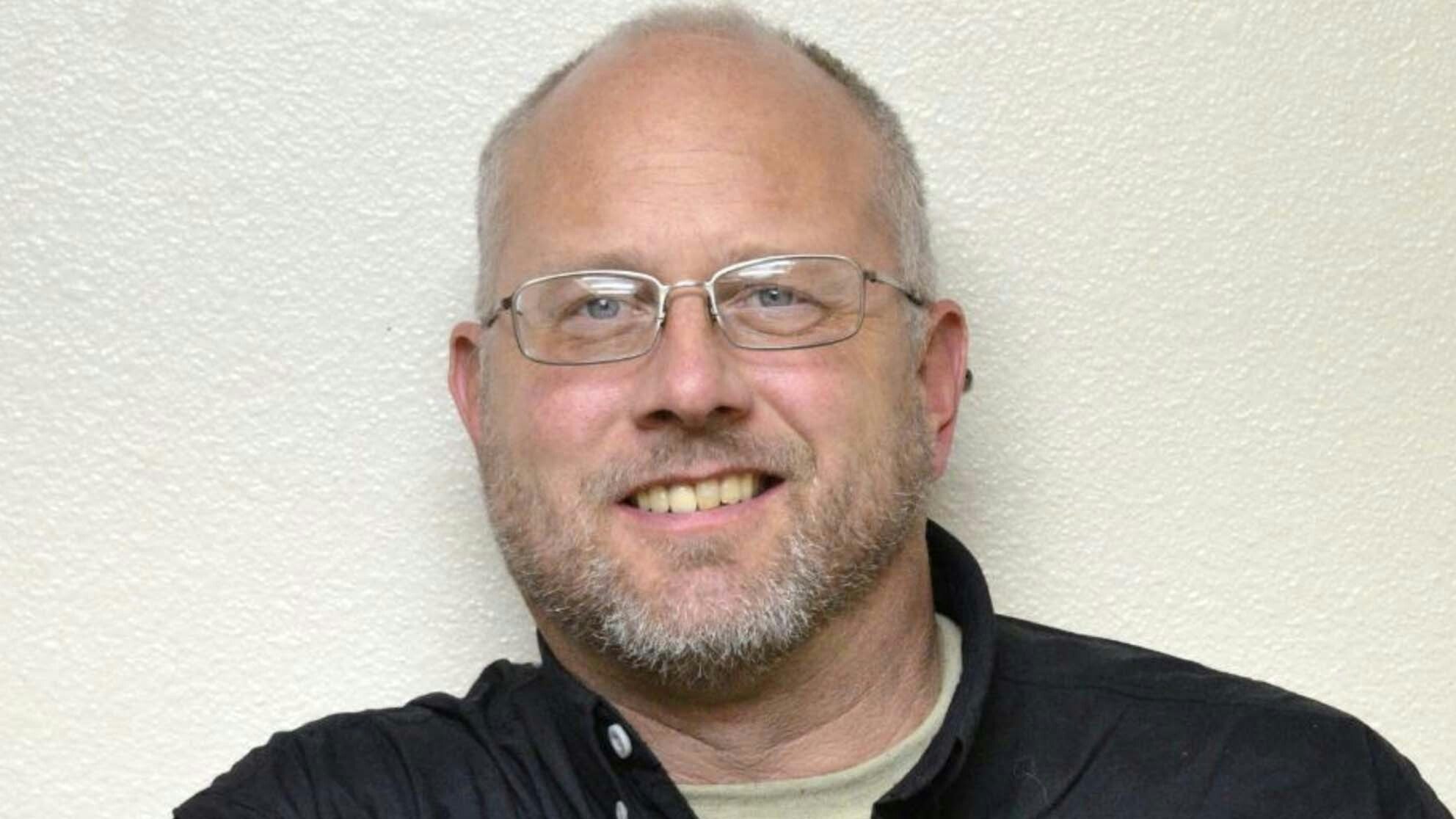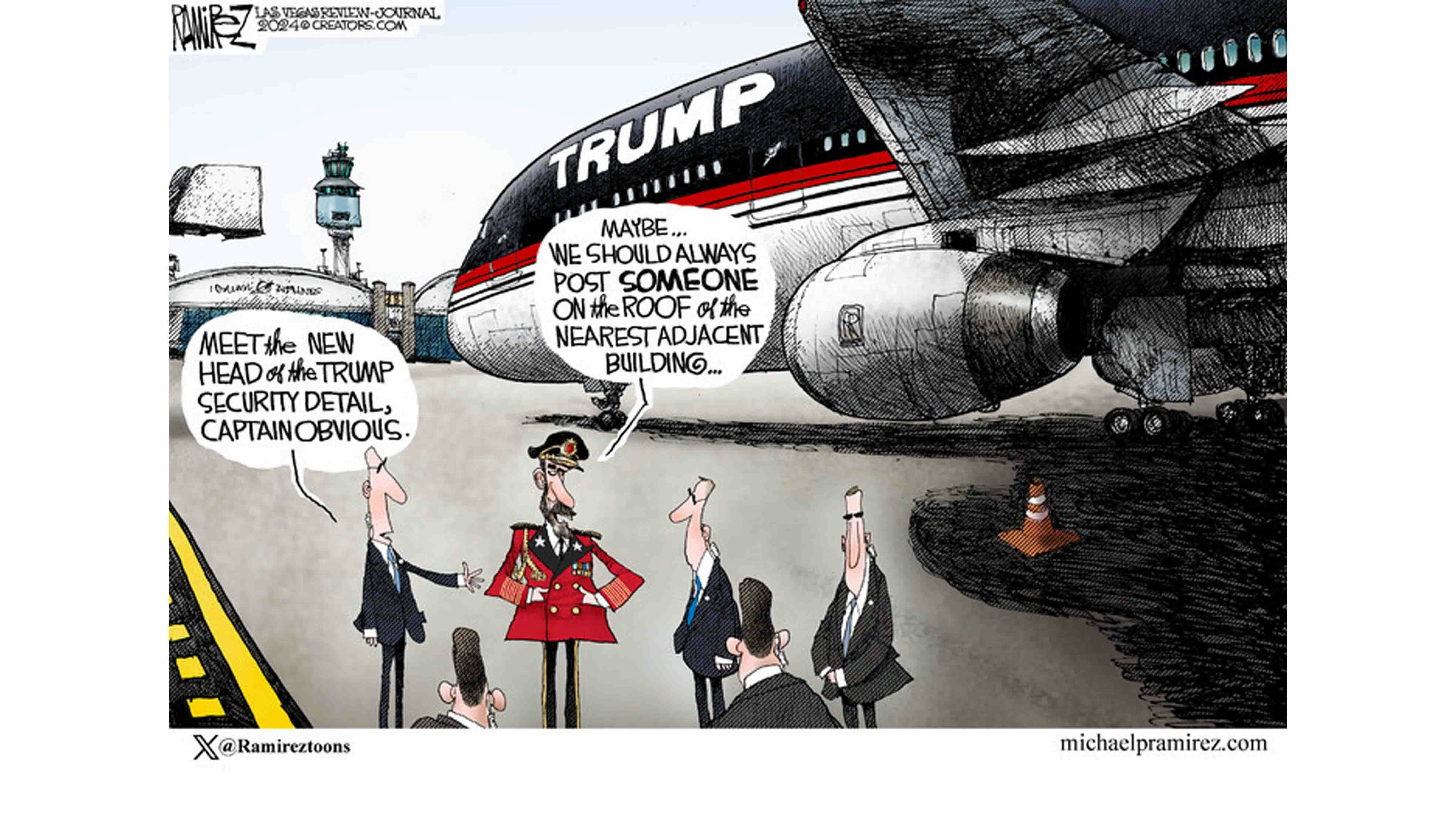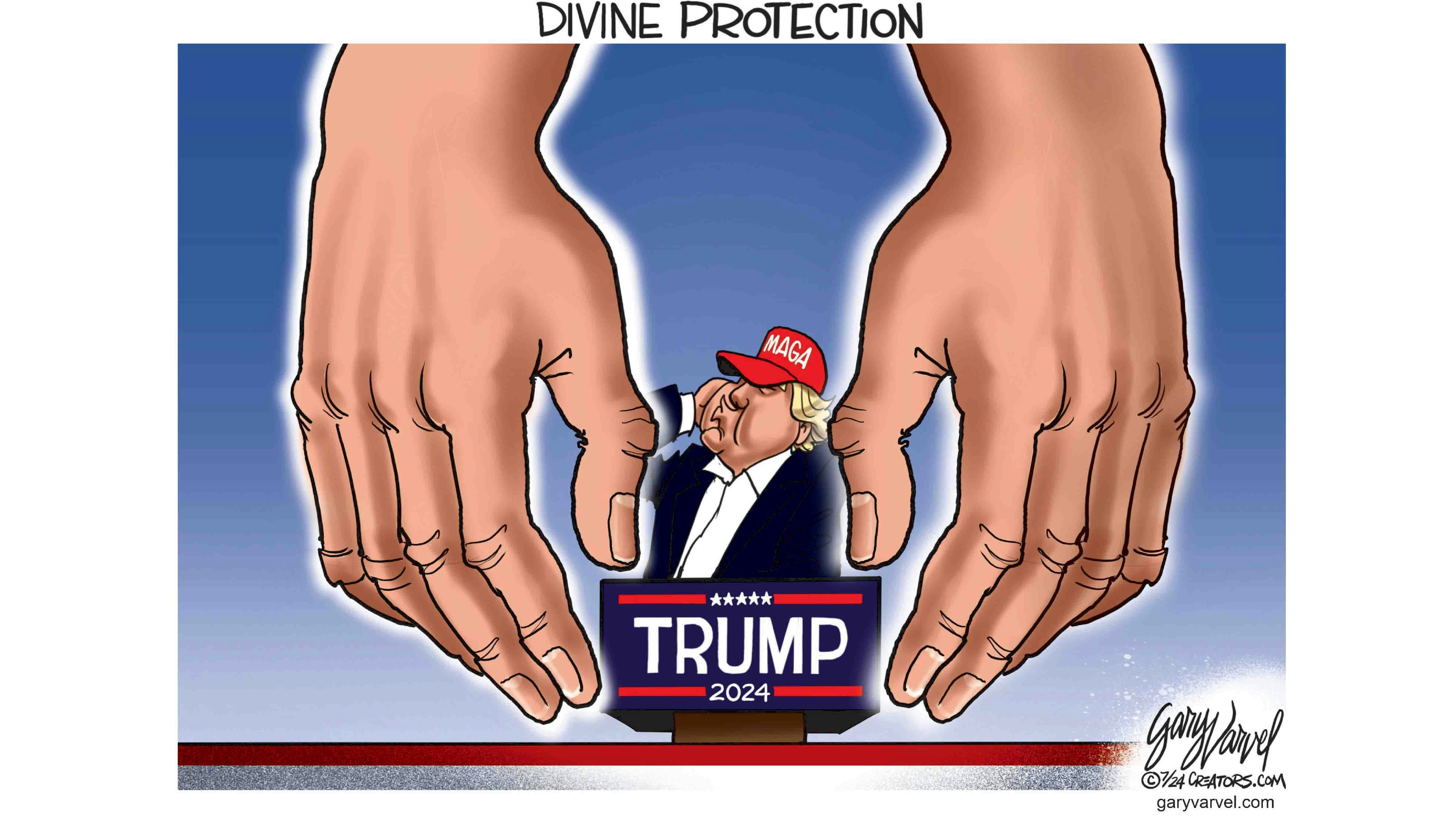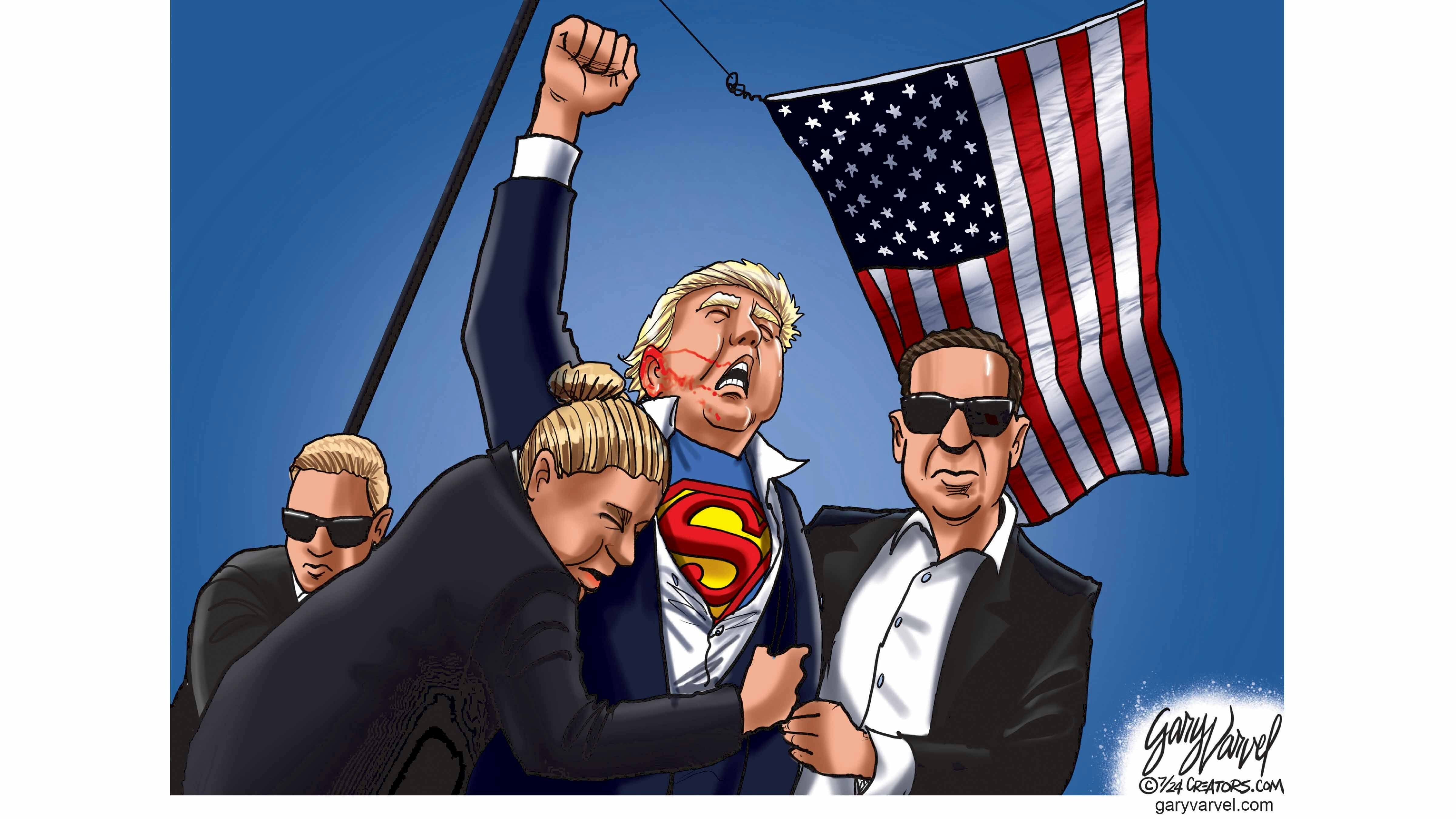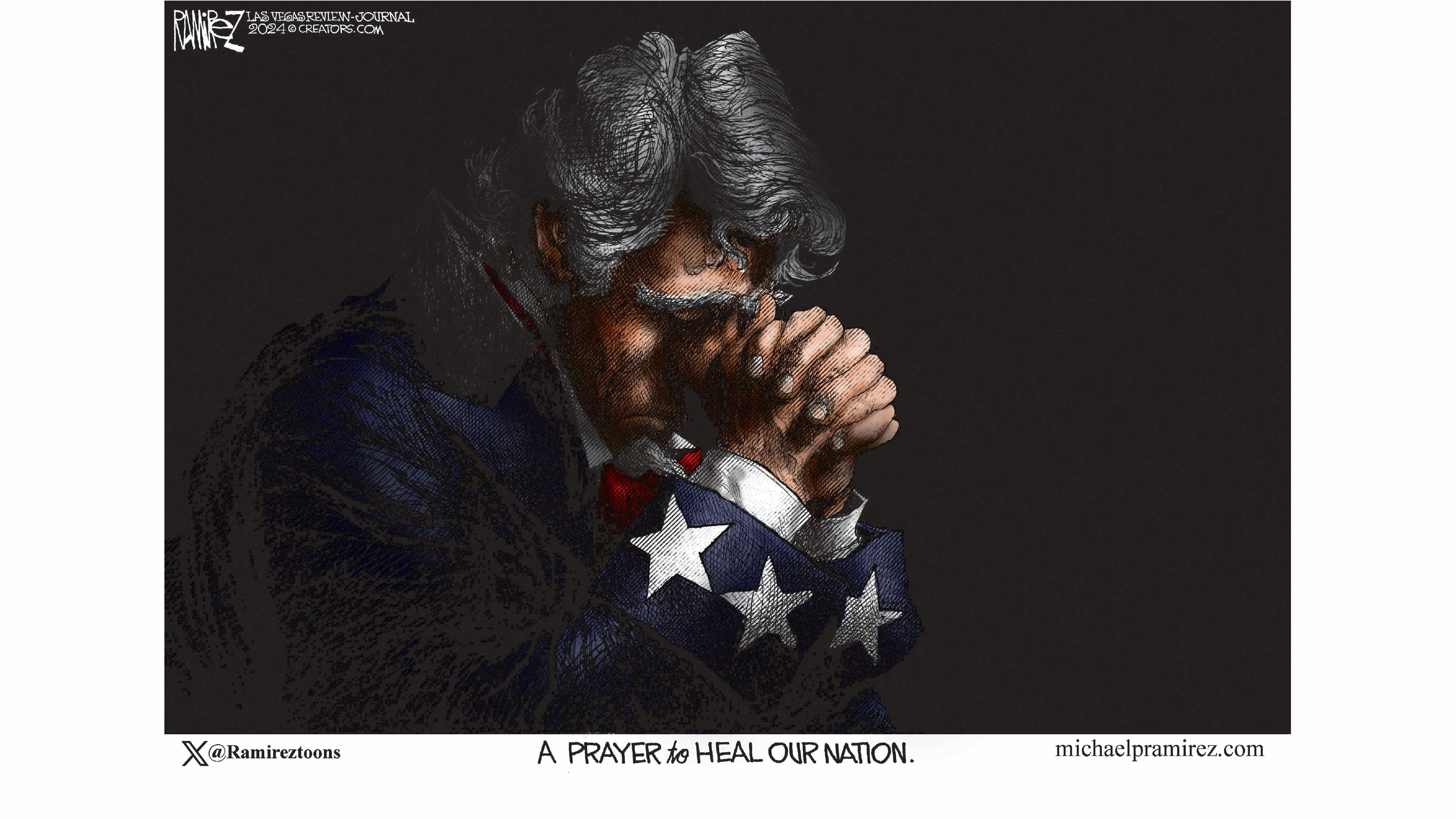It was a book that introduced the term “catch-22” into America’s modern vocabulary. The 1961 novel by Joseph Heller satirized a bureaucratic loop that prevented a military man from requesting a psychological evaluation because, according to the “catch-22” rule, the very act of asking proved he didn’t need one. Merriam-Webster defines it as “a problematic situation for which the only solution is denied by a circumstance inherent in the problem.”
Heller’s novel is touted by the American Library Association (ALA) among famous “banned books.” However, it was only temporarily banned in one Strongsville, Ohio library out of 116,867 total U.S. libraries. The real irony is that a “catch-22” is precisely what prevents an open and honest discussion of civic responsibility in libraries across America.
Banned Books Week is a propaganda campaign invented in 1982 by a collusion of the American Library Association, the American Booksellers Association, and the National Association of College Stores. Annually, on the last week of September, it provides a platform for libraries to treat parental concerns with contempt. Here’s how it works.
Step 1: Woke school administrators at the Burbank (CA) Unified School District removed three American classics (John Steinbeck’s “Of Mice and Men,” Mark Twain’s “Huckleberry Finn,” and Harper Lee’s “To Kill a Mockingbird”) from a required reading lists in the high school English curriculum. Despite a million other books that are not on that list, this move provided the pretext for the ALA to tag the books as “censored.”
Step 2: The ALA’s “Office of Intellectual Freedom” (OIF) used the dubious claim to include two of them on their “Top 10 #BannedBooksList.” Despite its official-sounding name, the OIF list has zero science behind it. Rather, it is a fake ranking ginned up by activists who solicit complaints from “librarians and teachers” while ignoring the concerns of parents. The mere request to move a book from the children’s section to the adult section of the same library is counted as a censorial “challenge.”
Step 3: The same OIF carefully selects eight other books to round-out the “Top 10” list. Importantly, these serve the woke agenda and raise legitimate objections among parents. The objective is to shift the Overton Window by associating examples of woke orthodoxy with American classics. They are careful, however, to omit the most egregious violators of decency standards from the list.
While these most pornographic books are excluded from the ALA’s annual list, they are not excluded from the children’s section of your local library. Thus, the ALA annual list is designed to distract public attention from the worst books by steering attention to the merely bad.
Consider three books omitted from this year’s list. Anyone unable to see why parents should object to the open display of “Doing It,” “The V-Word,” and “This Book is Gay,” in the children’s section of a library has no business being around our children. Despite what progressive ideologues will tell you, this has nothing to do with “sexual identity” and everything to do with exposing children of both sexes to inappropriate sexual content.
Unless you read the above-named titles for yourself, you will likely not believe what unsuspecting children can encounter in your local library. These titles would be perfectly at home in the seediest “Adult Book Store.” Who, but the most jaded parents, would dream that a library might display them at the eye-level of your average seven-year-old?
That brings us to the real catch-22: The pornographic language and pictures found in the children’s section of America’s libraries is so over-the-top that examples cannot be printed in any respectable newspaper. This is the very definition of catch-22. The public needs to know the extent of the problem. But a full disclosure is “denied by a circumstance inherent in the problem.”
Thus, parental concerns are censored from the public by sheer decorum and decency. But that same decency is not restraining librarians from exposing even the youngest children to indecent content. By attractive, kid-friendly displays, they invite curious children to read what your local newspaper editor is ashamed to print. This is no exaggeration, “Doing It” was attractively featured in the children’s section of my local library in Kemmerer. More recently, the executive director of the Campbell County Public Library has come to national attention for refusing even to move the most obscene titles out of the children’s section.
So, what’s a citizen to do? First, educate yourself. Under the radar, virtually every county and school district library in America indecently exposes children to explicit content. Concerned citizens should search the card catalogue for books of a sexual or otherwise objectionable nature. Make sure to cover the libraries in your local school system as well. Work with other people in the community to share the workload.
Second, go to administrators and discuss your findings. Seek a solution that protects the community’s children above all. Sexually objectionable books should, at the very least, not be exhibited on the direct eye-level of kids wandering past book displays. Better yet, move them into the adult part of the library. Parents who actually want their children to read them can find them there.
Third, learn the library’s policies and whether they are being followed. If not, file a complaint. If the policy itself is inadequate, bring up the matter before the appropriate oversight board—either the school board or the library board. Schools and counties are not answerable to the American Library Association. They are answerable to the voters. Sadly, the ALA has abused the public trust and squandered any credibility it once enjoyed.
Finally, remember that not only parents have a duty to make public libraries safe for children. The entire community shares the duty to create safe spaces. Parents, grandparents and those with no other connection to the community’s children than a desire to see them thrive—all have a legitimate concern. Don’t be silenced because you don’t have a child in the school system. Don’t allow libraries to censor your concerns through bigotry or elitism.
Children need and deserve the protection of every member of the public. That’s why public libraries exist in the first place.

